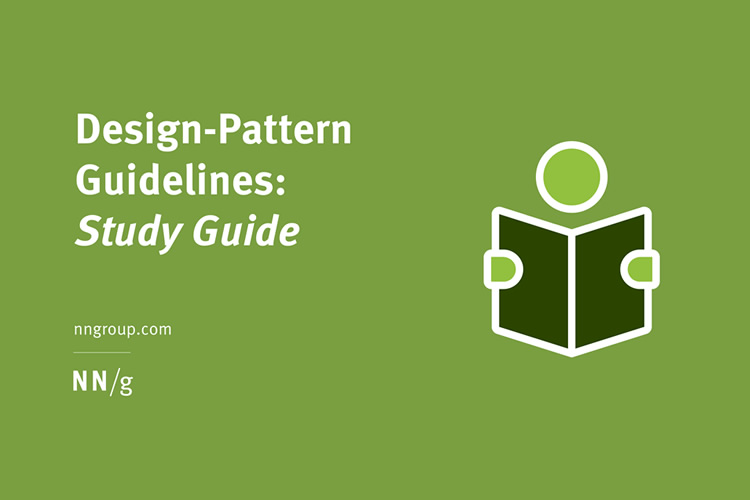
Blockchain is a revolutionary technology that has the potential to change the way we store and transfer data. It is decentralized, secure, and tamper-proof, making it a perfect fit for a wide range of use cases, from financial transactions to supply chain management.
You can develop a blockchain using various programming languages. Golang (Go) is a popular programming language used for blockchain application development and this blog gives you a tutorial on how you can build your own blockchain using the Go programming language.
Before diving into the code, let’s first take a look at the basic building blocks of a blockchain.
Understanding Blockchain
A blockchain is a digital ledger of transactions that is distributed across a network of computers. Each block in the blockchain contains a set of transactions and a reference to the previous block. It creates a chain of linked blocks, hence the name blockchain.
To create a blockchain, we will need to create a struct to represent each block in the chain. This struct is used to represent each block in the blockchain and includes the following elements:
Index: representing the position of blocks within a chain
Timestamp: indicating the time when a block was created.
Data: information stored within a block
Hash: a unique identifier of a block, generated by combining the previous hash and the data stored within the block
PreviousHash: the hash of a block preceding it in a blockchain
Check It Out | What is Blockchain Technology and How Does it Work
Creating a Block in Go
Here is an example of the struct for a block in Go:
type Block struct {
Index int
Timestamp string
Data string
PreviousHash string
Hash string
}
Next, we will need to create a function to calculate the hash of a block. The hash is an essential part of a blockchain as it ensures the integrity of the data stored in the block. We will use the SHA256 hashing algorithm to calculate the hash.
Here is an example of the function in Go:
func calculateHash(b Block) string {
record := strconv.Itoa(b.Index) + b.Timestamp + b.Data + b.PreviousHash
h := sha256.New()
h.Write([]byte(record))
hashed := h.Sum(nil)
return hex.EncodeToString(hashed)
}
To create a new block in the blockchain, we will need to create a function that takes in the data for the block, calculates the hash, and adds the block to the chain.
Here is an example of the function in Go:
func generateBlock(oldBlock Block, data string) (Block, error) {
var newBlock Block
t := time.Now()
newBlock.Index = oldBlock.Index + 1 newBlock.Timestamp = t.String() newBlock.Data = data newBlock.PreviousHash = oldBlock.Hash newBlock.Hash = calculateHash(newBlock)
return newBlock, nil }
The above function takes in the previous block in the chain and the data for the new block and returns the new block. It also calculates the hash of the new block using the calculated hash function that we defined earlier.
Finally, we will need to create a function to validate the integrity of the blockchain. This function will take in the current block and the previous block, and compare their hashes. If the hashes match, it means that the blockchain is valid, and if they don’t match, it means that the blockchain has been tampered with.
Here is an example of the function in Go:
func isBlockValid(newBlock, oldBlock Block) bool {
if oldBlock.Index+1 != newBlock.Index {
return false
}
if oldBlock.Hash != newBlock.PreviousHash {
return false
}
if calculateHash(newBlock) != newBlock.Hash {
return false
}
return true
}
The above function checks if the index of the new block is one more than the index of the previous block. Additionally, it determines whether the previous hash of the new block is the same as the hash of the previous block. Further, it checks if the hash of the new block is the same as the hash calculated by the calculateHash function.
Now that we have the basic building blocks of our blockchain, we can use these functions to create our own blockchain. In the following code snippet, we will create a Genesis block and use it to generate the next block in the chain.
func main() {
genesisBlock := Block{}
genesisBlock = Block{0, time.Now().String(), "Genesis Block", "", ""}
genesisBlock.Hash = calculateHash(genesisBlock)
fmt.Println(genesisBlock)
secondBlock, _ := generateBlock(genesisBlock, "Second Block Data") fmt.Println(secondBlock)
fmt.Println(isBlockValid(secondBlock, genesisBlock)) }
The data for the “Genesis Block” was obtained by first creating a genesis block with an index of 0, the current timestamp, and empty previous hash and hash fields, as shown in the sample above. We then used our calculateHash function to determine the hash of the genesis block.
We then created the second block in the chain by calling the generateBlock function and passing in the genesis block and the data for the second block.
Finally, we used the isBlockValid function to check if the second block is valid and print the result to the console.
This is just a basic example of how to build a blockchain using Go. In a real-world scenario, you would need to add more functionality such as the ability to handle multiple blocks, the ability to handle multiple nodes, and the ability to handle network communication.
Want to develop a blockchain using Golang? Hire blockchain developers today to get started.
In case you have found a mistake in the text, please send a message to the author by selecting the mistake and pressing Ctrl-Enter.





